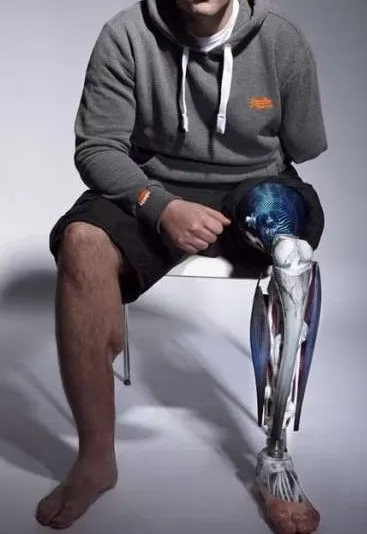Bionic Prosthetics
Product Categories
Bionic Prosthetics
These are high-tech prosthetic devices that combine advanced technology with biological systems to restore lost functions of the human body. Bionic prostheses are equipped with biomechanical systems and are typically designed using electronics, sensors, and microprocessors. They aim to mimic natural movements by detecting the user's muscle and nerve signals.
Features of Bionic Prostheses:
Integration with the Nervous and Muscular Systems: Bionic prostheses operate by detecting muscle contractions or nerve signals from the user. This allows the user to perform voluntary movements directly. This functionality is made possible by electromyographic (EMG) systems that interact with the muscular and nervous systems. Muscle contractions are converted into electrical signals that control the movement of the prosthesis.Mobility and Flexibility: Bionic prostheses closely replicate natural body movements. Microprocessor-controlled systems allow users to control their movements with greater precision. For instance, a bionic arm can accurately imitate hand functions such as grasping, holding, and fine motor skills, offering a highly functional and natural range of motion.
Adaptive Technology: To enable more natural and efficient movement, bionic prostheses can be equipped with adaptive technologies. Some prostheses can automatically adjust to environmental factors—such as slopes, flat surfaces, or walking speed—allowing them to adapt to a wide range of activities.
Artificial Intelligence and Machine Learning: Next-generation bionic prostheses utilize artificial intelligence (AI) and machine learning technologies to learn the user's movement patterns. Over time, the prosthesis adapts to the user’s habits, becoming more efficient and enabling smoother, more natural motions.
Power Source: Most bionic prostheses are powered by rechargeable batteries. The sensors and motors within the prosthesis rely on this energy source, so regular charging is necessary. Some devices are designed with energy-optimization systems to reduce consumption and extend battery life.
Applications of Bionic Prostheses:
Upper Limb Prostheses (Arm and Hand): Bionic hands, fingers, and arms are used to restore lost hand functions. These prostheses are capable of performing complex tasks—for example, a bionic hand can simulate gripping force and tactile precision.Lower Limb Prostheses (Leg and Foot): Bionic leg prostheses are advanced devices designed to enable a more natural gait. They use sensors and microprocessors to accurately replicate the movements of the leg and foot.
Sports and Physical Activities: Bionic prostheses offer great advantages for athletes. They allow for more flexible and durable movements in activities such as running, swimming, and basketball. They are also functional for activities that require load-bearing and balance.
Advantages of Bionic Prostheses:
Natural Movement: Unlike traditional prostheses, bionic devices provide movements that closely mimic the body's natural motion, allowing for more comfortable and efficient activity.Customized Design: Bionic prostheses can be personalized to meet individual needs. Users can choose prosthetics that best suit their functional and aesthetic preferences.
High Sensitivity: Because they respond to muscle and nerve signals, bionic prostheses can accurately replicate fine and sensitive movements.
Bionic prostheses represent a groundbreaking technology in limb replacement. They enable users to lead more independent and efficient daily lives. However, due to their advanced technology and high cost, they are often less accessible. Still, with ongoing advancements, this technology is expected to become more widely available in the future.


